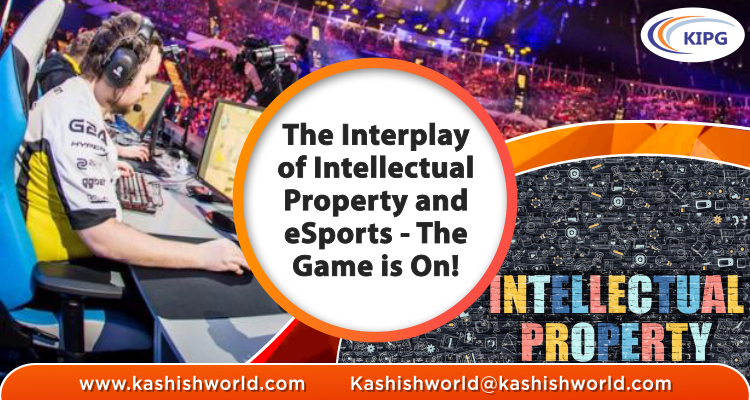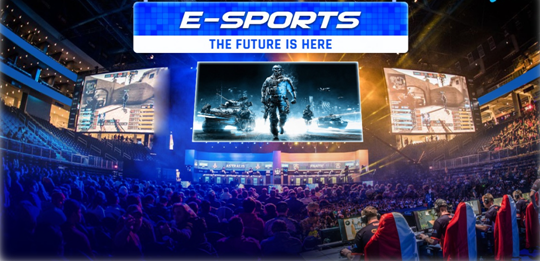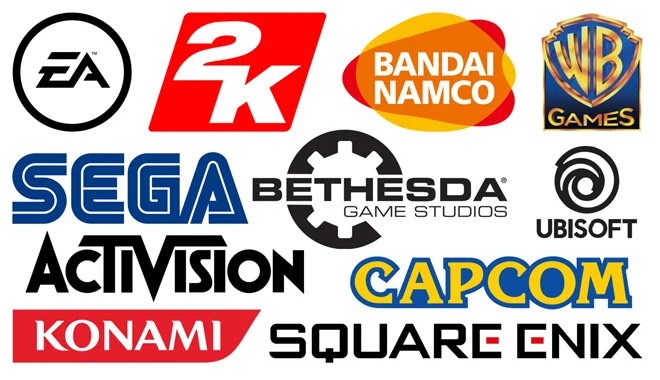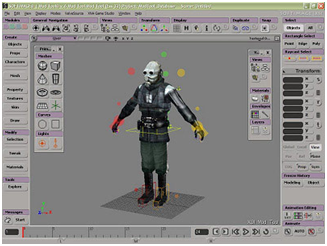
Understanding the Term eSports
The eSports ecosystem has amplified over the years and is expected to reach USD 2,174.8 million by 2023 due to a swell in the popularity and increasing participation. To confine eSports in a to-the-point worded definition is difficult as it includes in itself a wide range of activities ranging from practicing competitive gaming to just contributing to its viewership. It would be incorrect to say that millennials are the only contributors to the eSports ecosystem since all ages are intrigued by it – starting from Nintendo tournaments to StarCraft, DOTA, Counter-Strike, Call of Duty, etc. In addition to this, the International Olympic Committee is also tantalized by it and is debating over considering eSports at an equal footing to that of traditional sports.
Therefore, where there are a fast-growing complexity and traction of a greater populace, a certain level of legal restraint is warranted to curb the issues of proprietorship and ever-emerging integrity rights. Such measures are often in the form of government regulatory measures, contractual agreements, and Intellectual Property Rights (IPRs). However, it becomes critical to discover whether or not the prevailing legal framework is sufficient to tackle the evolving scope of eSports.

Alternative Ways to Protect eSports
Multifarious rights are emanating from eSports, and all these rights ought to be taken into consideration while providing one right a better footing than the others. It includes several actors in action, like software game developers, publishers, content creators, players, broadcasters, etc. Intellectual Property (IP) has gained relevance in this aspect since the industry is capable of harnessing sizable economic benefits through advertising, in-game purchases, and sponsorships. The protections offered under different forms of IP are discussed hereunder:-
- Trademarks: They help in identifying the source of origin of a given good or srvice, which makes up for the goodwill and reputation of a brand name. Trademark protection is a viable option for registration of the title of the game, taglines, names of teams and allies, symbolic representation/logo, characters of the game, etc.
- Copyright: It is the most valued and a frequent resort for programmers given the scope and extent of elaborate protection offered. It secures the right to produce, publish, reproduce, perform the work, or even make adaptations. Such protection can be extended for artwork and sound effects/music incorporated in a game along with the source code clothed as literary work or as a computer program itself.
- Patents: A patent safeguards an invention given the fact that it complies with the key requisites of novelty, inventive step, and industrial application. In the realm of e-gaming, patents can serve to be of indistinguishable importance in protecting the gaming machines and consoles, the software program, the user interface, etc.
Along with all the rights mentioned above comes an ancillary right to assign or license such technology to video streamers and tournament and event organizers as well and can be enforced in instances of unauthorized use by third parties since replicas are often sold over the shelves like piracy observed in case of books, music, and movies.
What is the Debate All About?
The difficulty faced by eSports is due to many intermingling issues. The first issue being, who is the actual proprietor of rights emerging from eSports? What is the scope and ambit of the publisher’s rights in terms of the exploitation of such games? Who and by what virtue does one have the right to broadcast and stream such games? A similar question arises for tournament organizers. Does any intellectual property reign in favor of commentators or players or teams as such? Does ‘game-modding’ constitute infringement?

-Gaming Publishers
To begin with, it is a common practice that the publisher holds the copyright to the source code. On the flipside, contractual agreements are often resorted to while negotiating the terms of licensing with event organizers and broadcasters to afford supplemental protection to that granted under copyright. Amazon’s famous streaming platform, Twitch, is a relevant example here. Some companies like Blizzard Entertainment allow gamers to stream their content without additional cost, while others like Persona 5 try to control such rights directly. Riot Game’s terms of services roll out that the publisher is given a “worldwide, extensive, and royalty-free license to use the player’s content including copyright, publicity rights, and trademarks.” Despite the quoted issues, it is observed that eSports is capable of elaborate protection under the realm of Intellectual Property Laws directly since it holistically embraces the different fragments of the subject-matter in hand.
However, we are yet to uncover a streamlined approach for the remaining issues quoted above, especially when it comes to considering participants while subjecting them to performers’ rights. It is dubious as to whether their ‘style of playing’ shall be protected or not since it requires comprehension and deployment of considerate strategies.
Moving on to the issue of ‘game-modding,’ which translates to ‘computer game modification’ like making custom player skins, is nothing but audio/video files to alter the appearance of characters and avatars, which could lead to potential infringement if not permitted under the End User License Agreement [EULA] even though they do not interfere with the gameplay.

-Example of Game Modding
A similar issue arises when a player uses the underlying software without the permission of the developer to create a new game, which is far more capable than the preliminary game. Let us consider the example of Warcraft III that was the parent game from which emerged DOTA by making modifications, which ultimately stacked-up the shelves. To seek independent copyright protection for such modification and adoption can pose to be a challenge since it has to surpass a quality check of originality and due fixation requirement coupled with the prior permission of the original publisher. Such a level of protection may vary from the legislation and practices of one country to another.
The use of cheat-bots is also a concern to be addressed here since they autonomously process activities assigned in a computer game for enhancing the performance, which could ultimately lead to copyright issues as well as unfair competition. If you remember the days of holding a chit of cheat codes for playing Grand Theft Auto V, you could be a potential infringer liable for damages just like Epsilon, who was ordered to pay USD 150,000 for distributing the cheat bots. For claiming damages, it is necessary to establish that the infringing act is circumventing protective measures established by the developer and creating an atmosphere of unhealthy competition by promoting unequal opportunities.
The Ultimate Course of Action
Currently, the law is yet to stand in line with marching steps along with such technological developments, and therefore, there are manifold routes that can be opted in the event of being brought to question in the court of law. The Digital Millennium Copyright Act of 1998 in the US, which seeks to create a balance between rights holders and users, also withholds from providing an exemption under the law to permit circumvention; however, the same may be allowed if it is proven that “access-control technology has had a substantial adverse effect on the ability of people to make non-infringing uses of copyrighted works,” which further opens room for subjective debates.
It is crucial not to undermine the contribution of the players as well. It is made noticeable by now that there emerge several independent rights from one single creative expression. There has to be an all-pervasive and streamlined approach when it comes to eSports since it is capable of piercing traditional jurisdictional barriers beyond the territorial limits of the law. In the event of failure to brace ourselves legally, we shall be prepared to be surrounded by stifling notions of adaptive laws and a potent number of litigations. Hence, governmental regulation, legal altercations, and independent governance strategies are paramount if the industry truly wishes to realize its potential on an economically sustainable and legally long-term basis.

